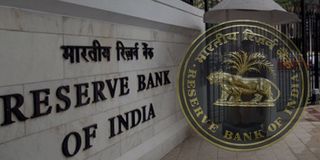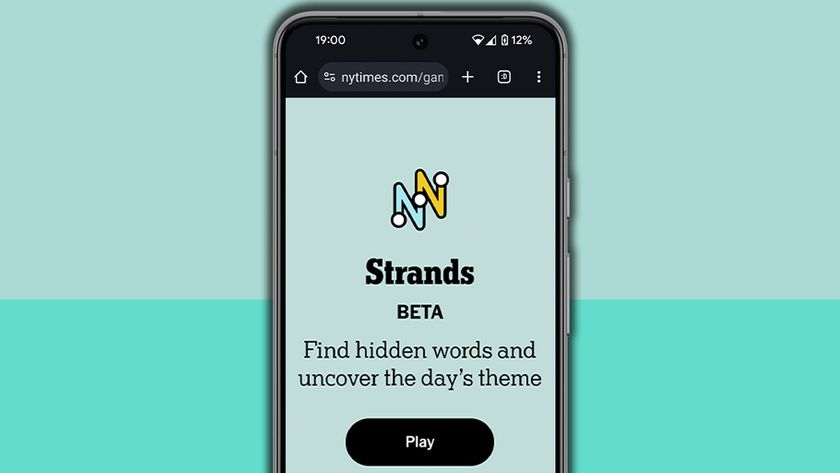Digital lending apps in India face regulator's ire - new guidelines issued
Malpractices galore

A quick search on Google Play Store for "instant loans" displays more than 170 apps that claim access to quick and easy money. Amidst reports of malpractices by some of these new lending platforms, India's central bank has cracked down on them by imposing several conditions.
The Reserve Bank of India (RBI) issued a notification listing out measures that lenders and their partner platforms (apps) would need to follow while providing borrowers with funds. A major shift relates to the bank or the NBFC providing borrowers with the loan agreement on its letterhead and disclosing the names of its digital lending platform partners.
- Google is changing Play Store subscription policies
- FinTechs join forces to offer financial support for small businesses
- Google removed a whole host of 'creepware' from the Play Store
What prompted the RBI action?

Ever since the lockdown resulting from the Covid-19 pandemic, the RBI has received several complaints against these lending platforms that function through apps. Complaints related to high interest rates, non-transparent methods of interest calculation, harsh recovery measures and unauthorized use of personal data.
"Of late, there are several complaints against the lending platforms, which primarily relate to exorbitant interest rates, non-transparent methods to calculate interest, harsh recovery measures, unauthorised use of personal data and bad behaviour," RBI said in its notification. Irrespective of whether they lend through their digital lending platform or an outsourced lending platform, they must adhere to the Fair Practices Code guidelines in letter and spirit, it added.
So, what has changed now?
The circular from RBI said the digital platforms as well as their apps would need to disclose the names of the banks or NBFCs that they have tied up with to provide the funds to borrowers.
It has also been mandated that the apps would send a sanction letter before executing the loan agreement on the letterhead of their partner bank or non-banking company. And once, the loan is sanctioned, the platform or the lender would need to send a copy of the borrower agreement to the borrower with all terms and conditions mentioned clearly.
The crooked ways of digital lenders
The micro-lending business took off, leading to a mushrooming of similar business models, across the country with borrowers from both top-tier cities and the smaller towns sometimes overlooking factors such as interest rates, penalties and the track record of the lenders. A representative of a large private bank we spoke to said people started borrowing amounts ranging from Rs.500 to Rs.50,000 but with the pandemic causing cash flows to dry up, the default rate spiked and that's when trouble began.
Get daily insight, inspiration and deals in your inbox
Sign up for breaking news, reviews, opinion, top tech deals, and more.
This was especially so in the app-driven microfinance segment where recovery turned out to be a major nightmare for the borrowers as they volunteered data related to their contact lists while installing the app. The RBI said it received complaints related to lenders tapping into these lists in an attempt to humiliate the borrowers into making payments.
The RBI observed that on occasions the lending platforms also present themselves as lenders without disclosing the name of the bank or the non-banking company that finances the loans. As a result, customers are unable to access grievance redress avenues available under the regulatory framework.
Statutory obligations clarified
Going forward, the central bank has directed that while lenders can use fintech platforms to outsource sales and marketing, such outsourcing does not diminish their statutory obligations and compliance with regulatory instructions rests solely with the banks and the non-banking finance companies.
As a result of these new regulations, the lending agencies would have to ensure that their digital platform partners do not break any of the RBI rules and regulations with regard to lending or recovery of the loans. It now remains to be seen whether these digital platforms can handle the burden of the new regulations or end up going under without the license to malpractices.
A media veteran who turned a gadget lover fairly recently. An early adopter of Apple products, Raj has an insatiable curiosity for facts and figures which he puts to use in research. He engages in active sport and retreats to his farm during his spare time.
Most Popular






